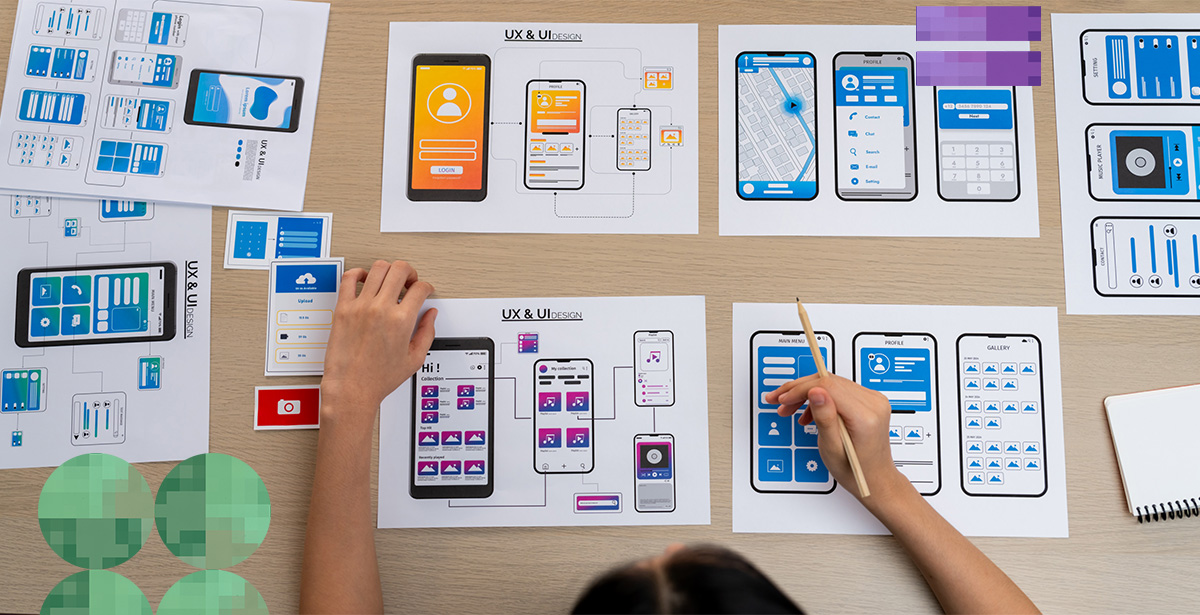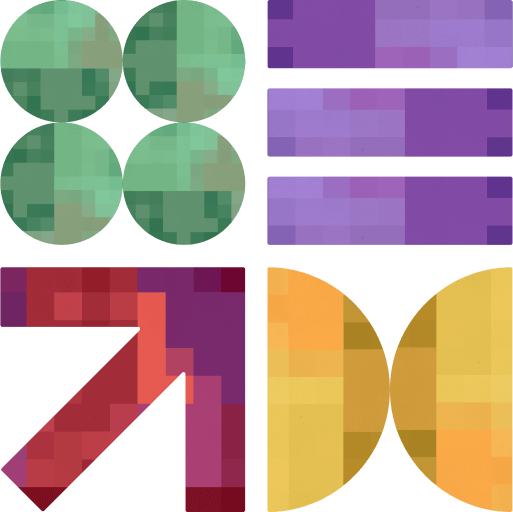7 Software Development Approaches You Should Know

Many businesses fail to consider software development approaches when outsourcing development. But these may end up being the difference between a successful project and a total flop.
So, unless you know what you’re getting into when you choose a Spiral team versus Agile, it’s time to get acquainted with the seven top development methodologies.
But First, What Are Software Development Approaches?
A software development approach or methodology is a set of principles that guide the development process. Each approach describes the sequence of steps to complete a project, from planning to deployment. It also creates a hierarchy of priorities, including values and goals.
While the terms “methodology” and “framework” are often confused, frameworks fill a different role. Within a methodology, frameworks define tasks, allocate resources, and even manage how and when the team communicates.
In a nutshell, the methodology is a philosophy for how the development team is going to complete your project. The framework focuses that philosophy into a solid but customizable structure.
🔥 Hot tip! To understand how these development approaches work, it’s important to be familiar with the app development lifecycle.
Approach 1) Waterfall
Waterfall is a classic approach that was once the default. Its linear workflow progresses through each development step without circling back or gathering feedback.
That means the plan and requirements must be set in stone before development begins. In fact, if the product doesn’t turn out how you want, the entire process starts over. Linear software development approaches are therefore most suited to simple, low-risk projects.
Pros
- Crystal clear communication as every detail is fixed from the start
- Development plans that cater to client expectations
Cons
- No on-the-go adjustments, so no adaptability
- Few opportunities to offer feedback – one misunderstanding can have a butterfly effect
- Risk of cumulative problems, as testing only happens at a later stage
Approach 2) Agile
For the past couple of decades, no software methodology has held a candle to Agile. It’s transformed the industry with its flexible, client-focused strategy.
Rather than follow one linear path to delivery, the development lifecycle is iterative and collaborative. Tasks are split into rapid “sprints,” with the results undergoing testing, feedback, and changes each time.
💡 Did you know? Agile is more than just a methodology: it’s an ideology. Universal and human-centric, the Agile mindset has become popular across industries, even beyond software development.
Pros
- Transparent communication and processes
- Iterative development that supports mid-project changes without risking deadlines
- Continuous testing that enables developers address problems as soon as they appear
Cons
- Need for a highly experienced team that can self-manage effectively
- More time for collaborating and gathering feedback at every step
Approach 3) DevOps
As an Agile offshoot, DevOps prioritizes functioning software and client feedback. Specifically, this approach integrates the development (Dev) and operations (Ops) phases. Cross-functional teams are equally responsible for understanding and pursuing the client’s needs.
What makes DevOps unique among software development approaches is how streamlined its development lifecycle is. This is possible through workflow automation and collaboration between siloed groups.
Pros
- Streamlined development lifecycle, speeding up delivery
- Automated error detection, which continuously improves the product
- Resource optimization through merging departments
Cons
- Unintentional gaps in the code’s security due to the speed of development
- Limited time to carefully consider client feedback and come up with innovative solutions
Approach 4) Spiral
Spiral takes after the sequential nature of Waterfall, following the four development phases in sequence. But it then returns to the start, following iterative “spirals” that allow for changes along the way. Every spiral involves risk analysis and mitigation, curbing potential issues.
Rather than giving continuous feedback, you assess the product at the end of each spiral to determine whether it’s finished.
Pros
- More adaptable than traditional Waterfall
- Emphasis on risk analysis to identify and minimize future problems
Cons
- Higher cost depending on the number of spirals
- Time-consuming approach and tricky to set a deadline on in advance
Approach 5) Incremental
Though reflexive like Agile software development approaches, the Incremental approach applies Waterfall by “increments.” That is, the development process generates a series of functional deliverables, one at a time, together comprising a complete product.
At the end of each increment, you have a working piece of software in your hands. Your feedback at this stage defines the plan for the next increment, but the previous increment can’t be changed.
Pros
- Easier risk management with component-by-component development
- Early creation of working software, hence early assessment of product viability
Cons
- Possible difficulty while integrating components developed one at a time
- The risk of components not working well as a whole
- Inability to make changes easily to a completed increment
Approach 6) Lean
A close descendent of Agile, Lean combines these three critical factors in its development methodology –
- Continuous improvement
- Value for the client
- Elimination of waste
This methodology depends on strong team dynamics and autonomous decision-making. Every member is responsible for tackling their tasks in a way that maximizes value and minimizes waste.
🔥 Hot tip! If your business is a startup and you’re interested in this method, take a look at Lean startup product development.
Pros
- Potential to empower teams to be at their most productive
- Elimination of waste such as excessive documentation and redundant code
- Lower cost and quicker time to market than other software development approaches
Cons
- The need for a highly experienced team capable of handling many responsibilities
- Little time to implement changes or adapt to new requirements
Approach 7) Rapid Application Development
Rapid application development (RAD) is another iterative Agile offshoot. It shortens the development lifecycle by having multiple teams work on different components at the same time.
The aim of this approach is to deliver working prototypes as fast as possible and get user feedback before development even starts. That way, developers can narrow down the specifications and make necessary changes early on.
Pros
- Rapid development lifecycle that shortens time to market
- Continuous feedback, guaranteeing you’ll be happy with the results
- Lower risks thanks to early prototyping
Cons
- Suitability for developing only modular products
- The need for clients’ constant, timely involvement
- Higher cost of deliverables most of the time
How to Choose from the Top Software Development Approaches
If you feel overwhelmed by the number of options, remember that all software development approaches meet different business needs. Let’s break it down to your priorities and see what suits your project.
🔥 Hot tip! Even beyond methodology, there’s a lot to consider when it comes to outsourcing software development. So, make sure you’ve got a good guide!
Complexity
The more elements your project has, the greater the chances of something going wrong. That means a single phase of testing at the end of the development cycle is out of the question. And so is Waterfall.
On the other hand, iterative models test, test, and test again to ensure nothing slips through the cracks.
Risk Tolerance
Risk and uncertainty go hand in hand with innovation. And according to statistics, it’s well worth it. Despite its emphasis on taking creative chances, Agile projects have a 64% success rate compared to Waterfall’s 49%.
An Agile team will constantly generate ideas to improve your product, experimenting through iterations. Linear development, however, has no room for that kind of risk once the ball gets rolling.
Flexibility
Change is inevitable in large, complex projects, but not all software process methodologies can accommodate it. Waterfall and Incremental, for instance, can’t double back and adapt to new requirements. But Agile and its offshoots are designed to do exactly that.
Preferred Involvement
Don’t underestimate the impact of continuous feedback. Your involvement in the development process gives you more control over the outcome.
Agile wrote the book on client collaboration, but Waterfall and Incremental are ideal for short-term projects with few components.
Want to See the Best Software Methodology in Action?
While versed in numerous software development approaches, we prioritize Agile to deliver the best results (and value).
Partner with a software development company that values your vision and consults you every step of the way. Fill out the form below so we can turn your idea into reality.




